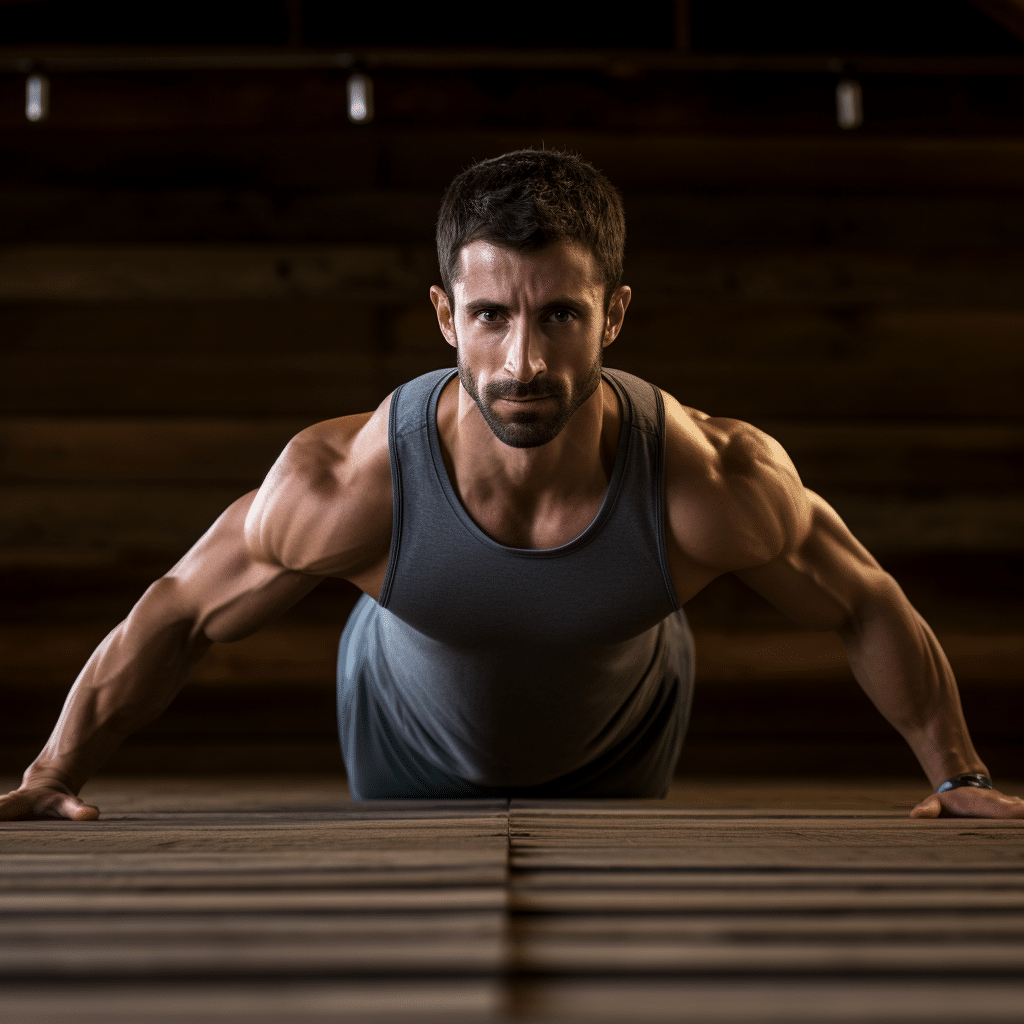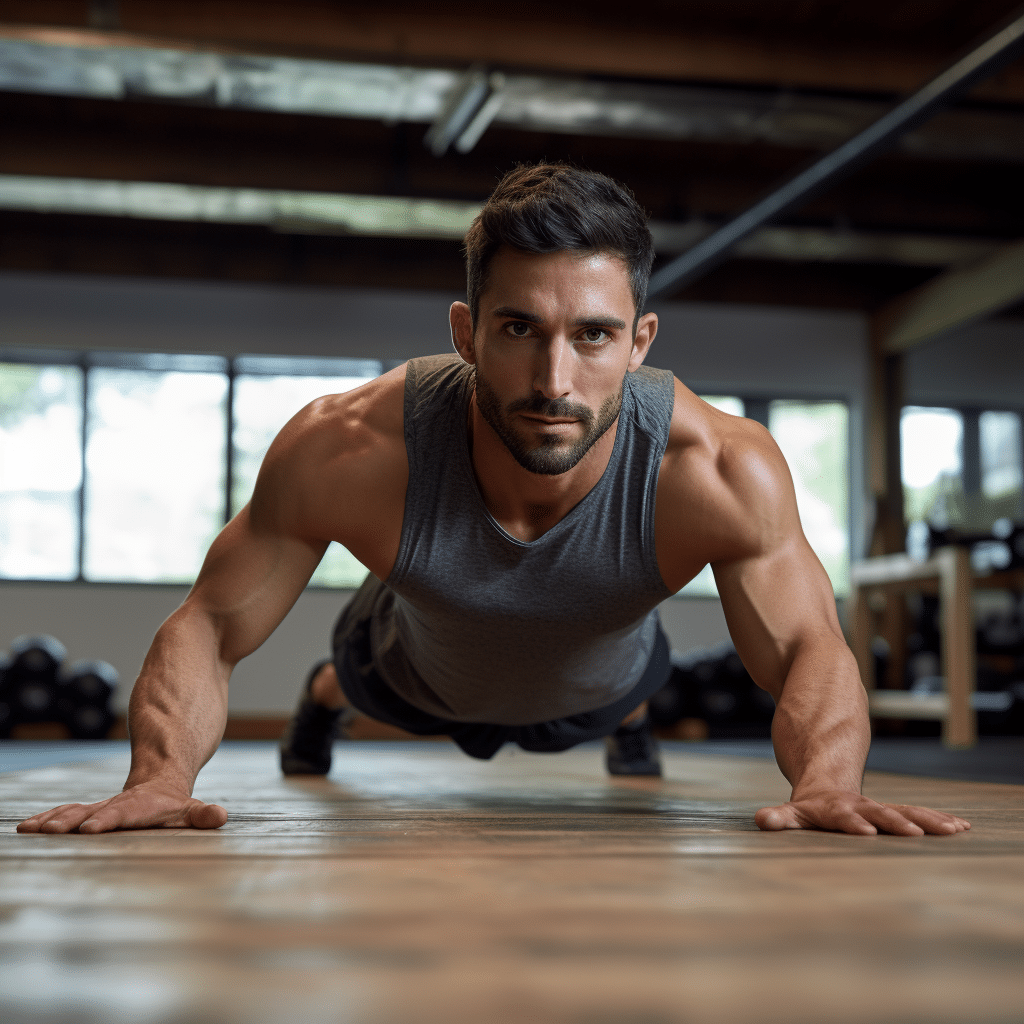Introduction What Are Side Planks Good For: Side planks are a simple yet highly effective exercise that has gained popularity in recent years for their numerous health benefits. These exercises involve balancing on one forearm and the side of one’s foot while maintaining a straight, rigid body position. They are a variation of the traditional plank exercise and primarily target the muscles on the sides of the core, including the obliques. However, the benefits of side planks extend far beyond a toned midsection. One of the primary advantages of side planks is their ability to strengthen the core muscles. While traditional planks are excellent for building a strong foundation, side planks work the muscles responsible for stabilizing the spine and maintaining proper posture. This is crucial for overall functional fitness and can help alleviate back pain and reduce the risk of injury during everyday activities. Side planks are also a fantastic exercise for improving balance and stability. By engaging the obliques and other core muscles, these exercises enhance proprioception, the body’s ability to perceive its position in space. This increased …
plank workout
Introduction How To Improve Planks: The plank is a deceptively simple yet highly effective exercise that has become a staple in fitness routines around the world. It requires no equipment, minimal space, and minimal time, making it accessible to fitness enthusiasts of all levels. Despite its apparent simplicity, performing a plank correctly and consistently can be a challenging feat, demanding core strength, stability, and endurance. If you’ve ever struggled to hold a plank for more than a few seconds, you’re not alone. In this we will explore how to improve planks and unlock their full potential for enhancing your core strength and overall fitness. The plank exercise primarily targets the muscles of the core, including the rectus abdominis, transverse abdominis, and obliques. It engages the muscles of the lower back, shoulders, and legs, making it a comprehensive full-body workout. Proper plank form is essential to maximize the benefits while minimizing the risk of injury. In break down the key components of a successful plank, instructions and tips to help you achieve a stronger and more effective plank position. We will …
Introduction Planks are a popular exercise for core strength. They involve holding your body straight from head to heels. Planks are effective for sculpting a strong midsection. However, it’s not clear if planks work the obliques. The obliques are important muscles that run along the sides of the abdomen. They help with rotational movements and maintaining spine stability. As such, they are a pivotal component of a well-rounded core workout .Planks focus on the front and deep core muscles, but also work the obliques. Obliques help stabilize your body during planks, especially side and forearm planks. Side planks are great for obliques as they challenge lateral muscles by supporting your body weight on one arm or forearm. Standard planks also activate the obliques, especially when you engage your core fully and maintain proper form. However, that planks are not the sole solution for developing well-defined obliques. To achieve a comprehensive oblique workout, incorporating a variety of exercises specifically targeting these muscles is advisable. Exercises like Russian twists, bicycle crunches, woodchoppers, and oblique crunches can be added to your routine for …
Introduction People have always wanted a strong, well-defined chest. Common exercises like push-ups and bench presses have been used to build chest muscles for a long time. Planks are known for strengthening the core, but they have also become popular for their potential in working the chest. Planks are a bodyweight exercise where you hold a push-up position with your arms extended and your body in a straight line. They strengthen the core, improve stability, and promote good posture. Planks focus on the abdominal muscles, obliques, and lower back, so they’re great for overall core development. Some people believe that planks can also work the chest muscles to some extent by engaging them to stabilize the body during the exercise. To better understand the relationship between planks development, it’s essential to consider the anatomy of the chest muscles. The pectoral muscles, consisting of the pectoralis major and pectoralis minor, are primarily responsible for shoulder flexion, adduction, and horizontal adduction. While planks involve isometric contractions and primarily target the core, they also engage the shoulder girdle, which includes the pectoral muscles …
Introduction What Is The Average Plank Time: The time has been a fundamental aspect of human understanding and exploration for millennia. It serves as a crucial dimension that helps us make sense of our existence, measure the passage of events, and organize our lives. Time, as we perceive it, is often broken down into familiar units like seconds, minutes, hours, and days. However, delving deeper into the realm of theoretical physics, we encounter a fascinating and mind-boggling unit of time known as the “Planck time.” The average Planck time, a concept that emerges from the realm of quantum mechanics and the study of the fundamental building blocks of the universe, is a topic that captures the imagination of both physicists and curious minds. To understand the average Planck time, one must first comprehend its origins and significance. At its core, the Planck time is a fundamental concept that arises from the attempt to unify the theories of general relativity and quantum mechanics. It is named after the eminent German physicist Max Planck, who made groundbreaking contributions to the field of …
Introduction Does Plank Work Shoulders: The plank exercise, a fundamental component of many fitness routines, has garnered widespread popularity for its remarkable ability to strengthen the core muscles and improve overall stability. While its primary focus is on developing a robust core, it is not uncommon for individuals to wonder whether the plank also works the shoulders. This without merit, as the plank demands a certain degree of upper body engagement impact on shoulder strength and stability is essential for those seeking a well-rounded fitness regimen. The plank is a static exercise that involves maintaining a straight-line position with the body supported on the forearms and toes, as if one were about to perform a push-up. During this isometric hold, the core muscles are engaged to keep the body in a straight line from head to heels. However, the shoulders play a crucial role in supporting the upper body weight throughout the exercise. When performing a plank, the shoulders bear some of the load, which, in turn, engages the deltoid muscles, trapezius, and other shoulder stabilizers. The extent to which …
Introduction How To Hold Planks Longer: Holding a plank position is a deceptively simple yet incredibly effective exercise for building core strength and endurance. But for many, the challenge lies in maintaining that position for an extended period. If you’ve ever struggled to hold a plank for more than a minute, you’re not alone. The good news is that there are several strategies and techniques you can employ to help you increase your plank endurance and hold this beneficial exercise longer. We’ll explore the secrets to pushing your plank limits. We’ll delve into the proper form, breathing techniques, and the role of mental focus. You’ll discover progressive exercises and variations to gradually enhance your plank prowess. Whether your goal is to improve your core strength, sculpt your abs, or simply extend your plank duration as a personal challenge, these tips and methods will be your roadmap to success. Are you ready to transform your plank game and experience the satisfaction of holding this exercise longer and stronger we’ll break down each element of the plank, starting with the foundation proper …







